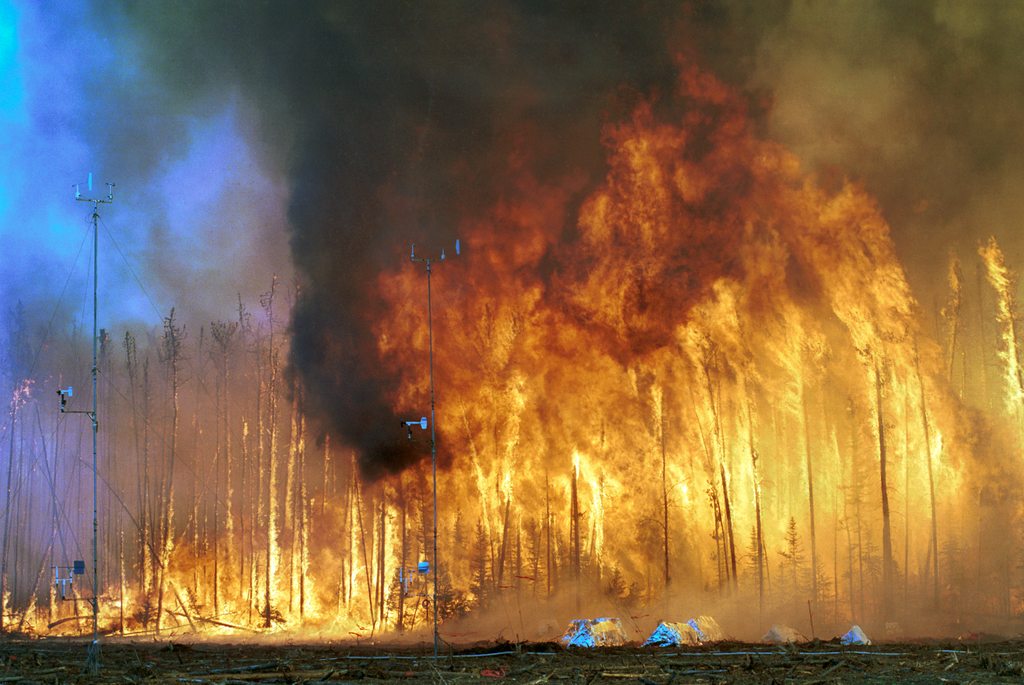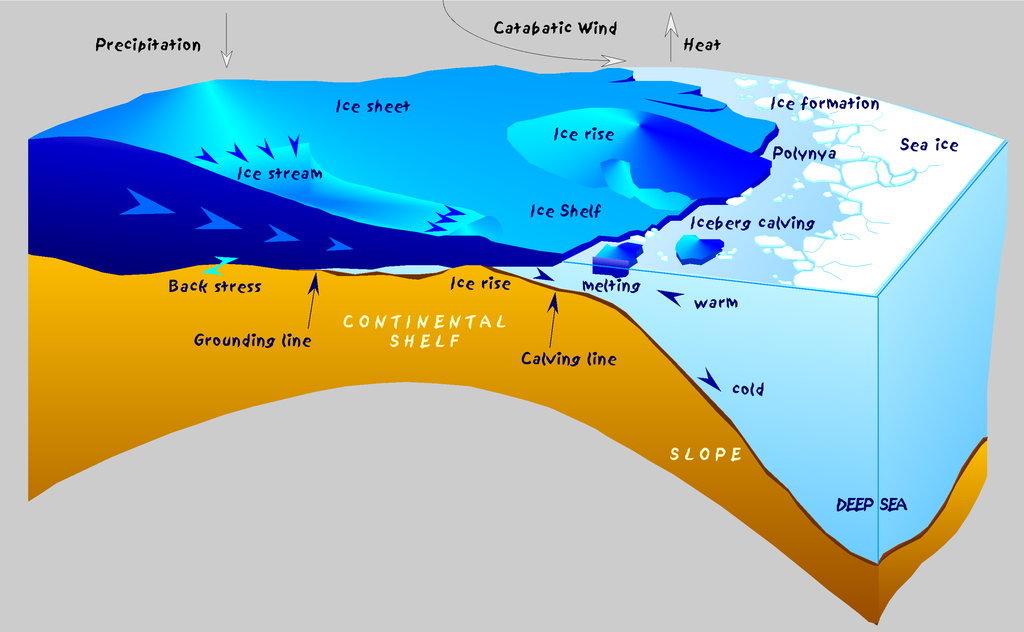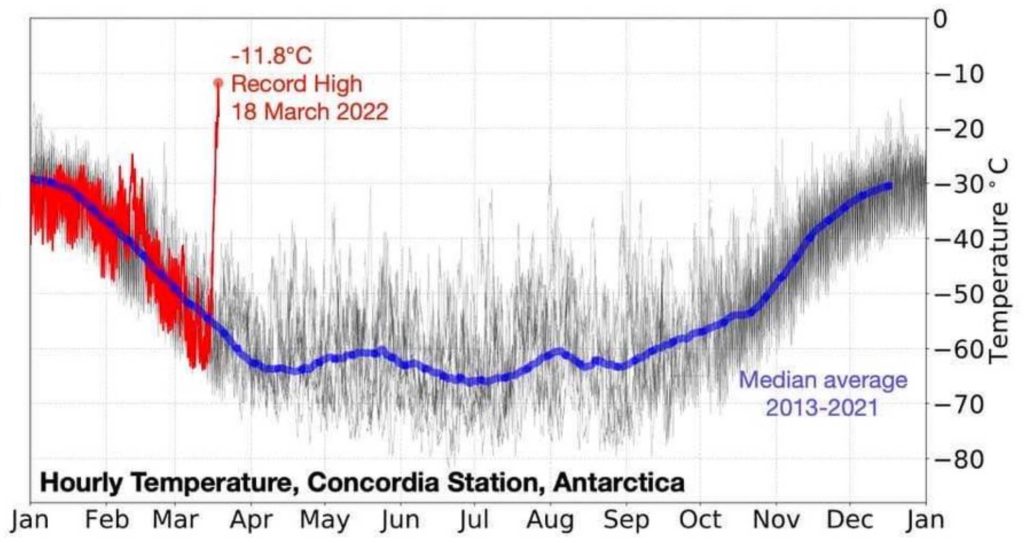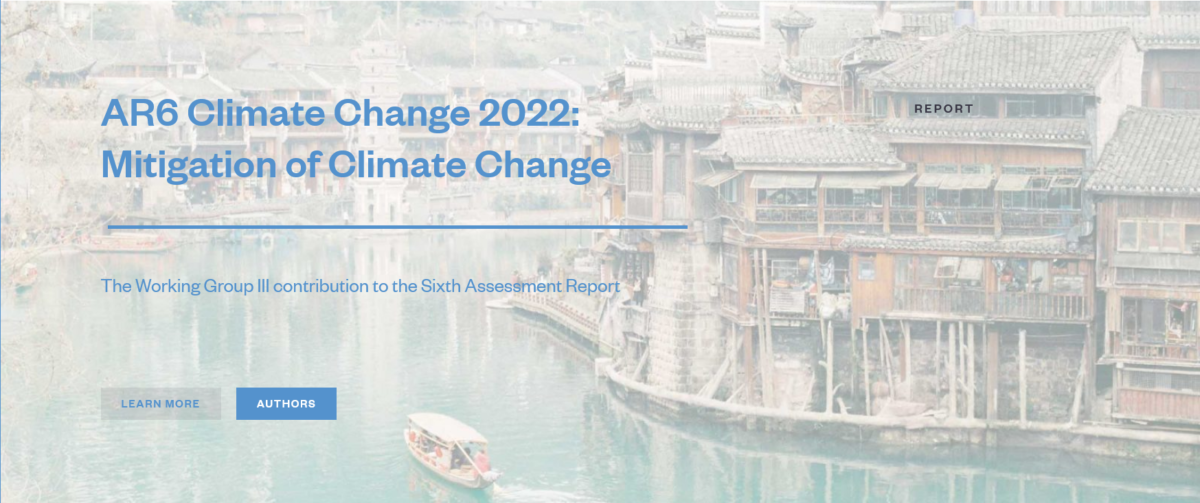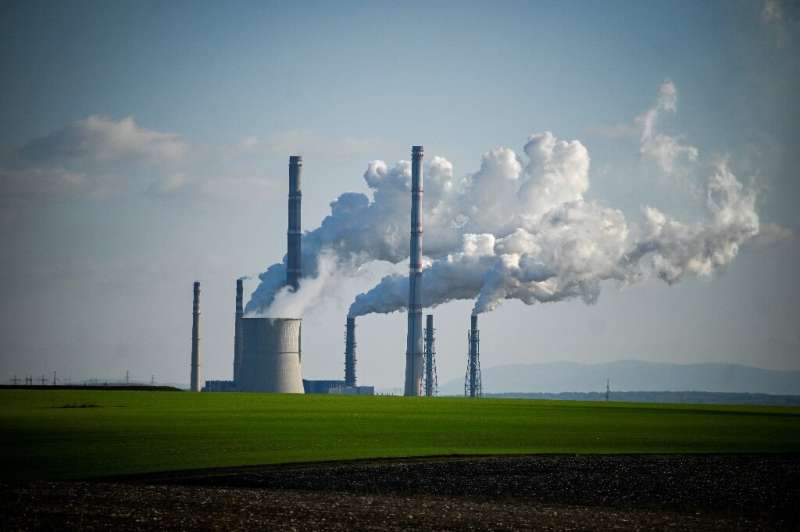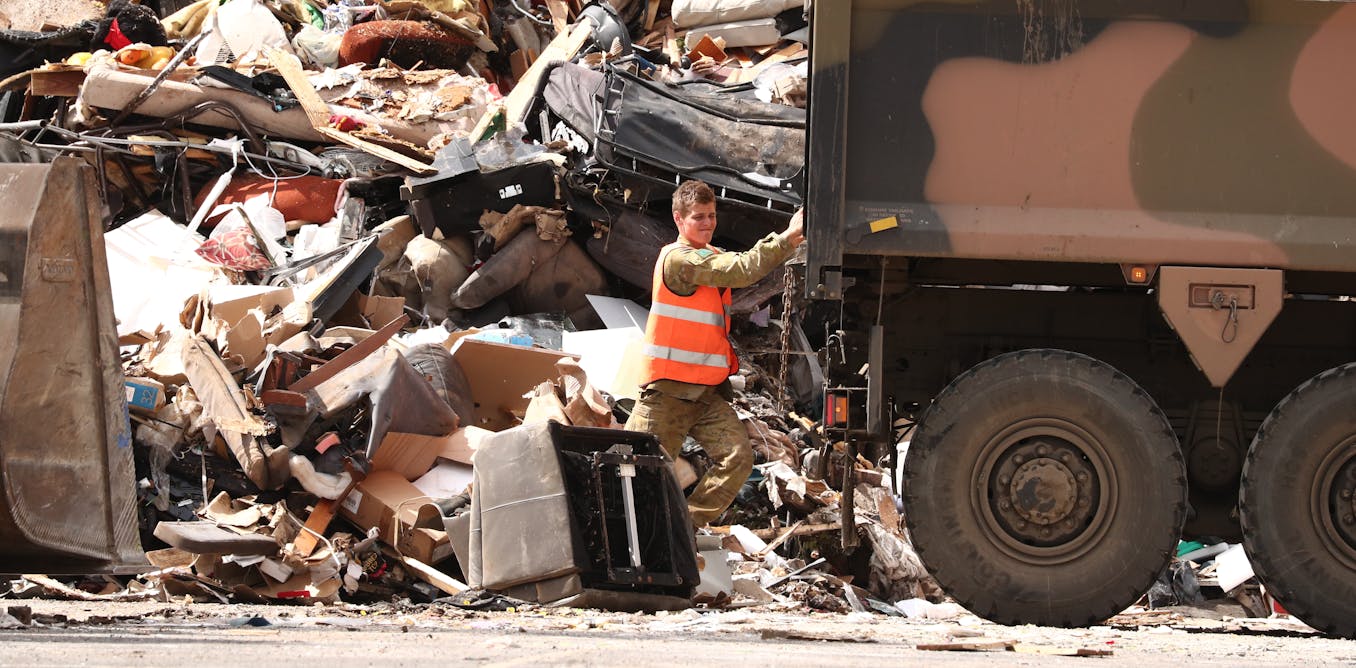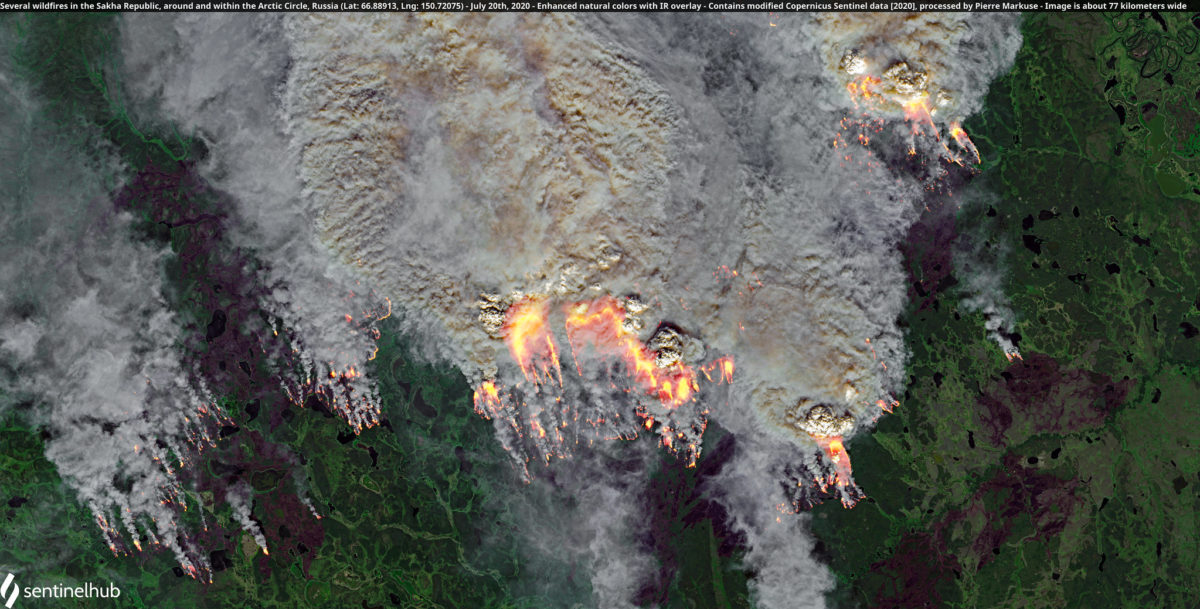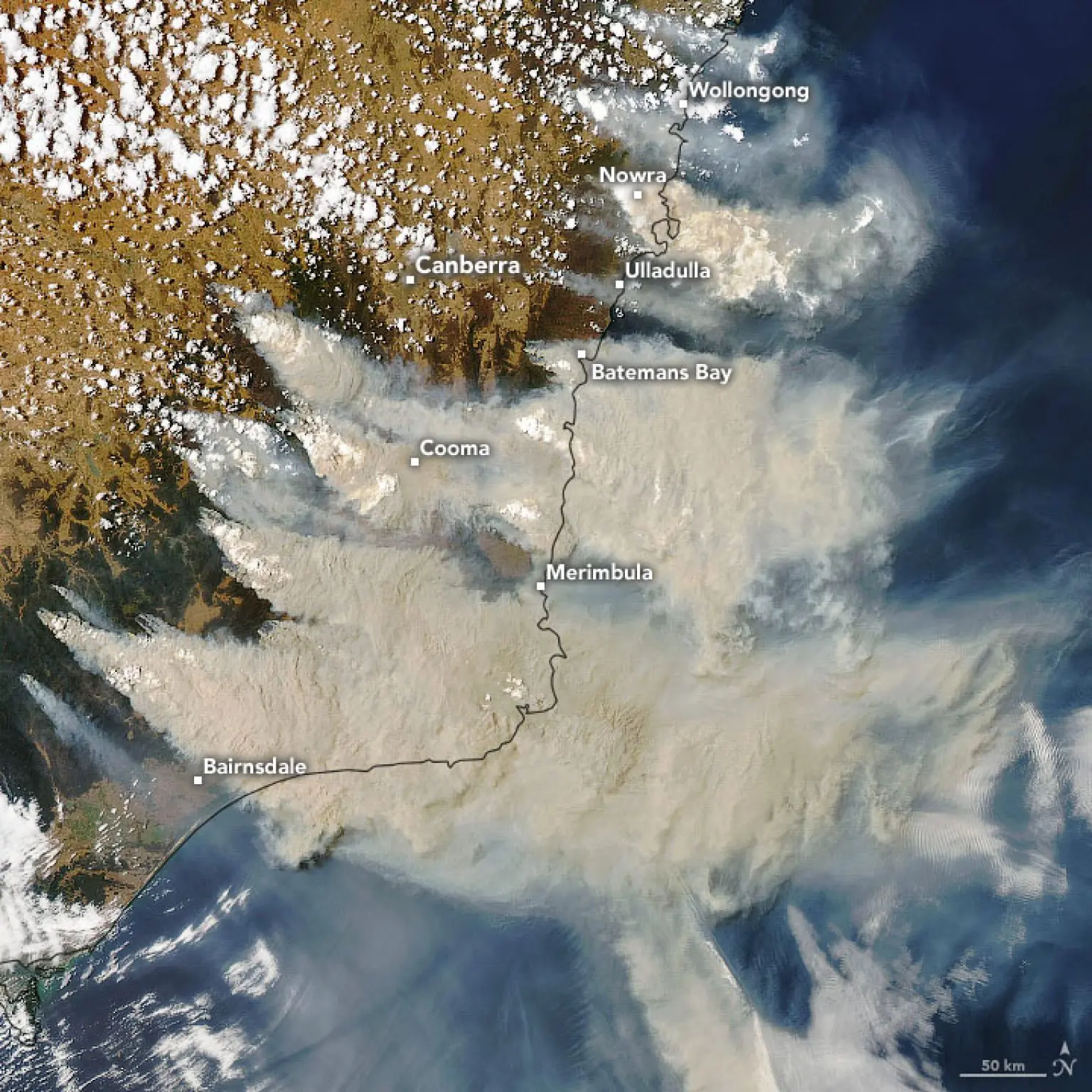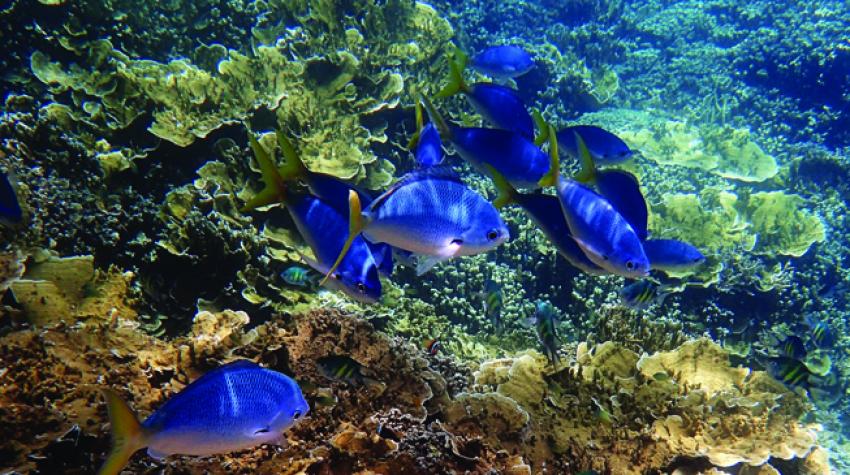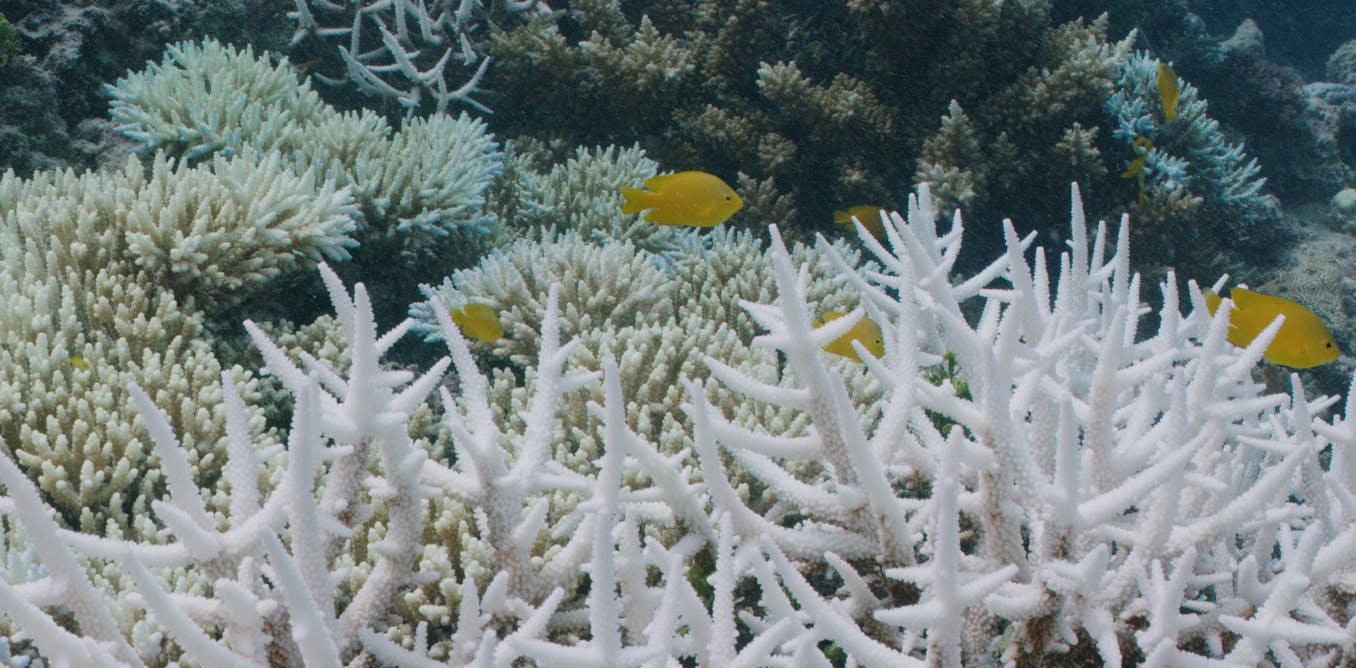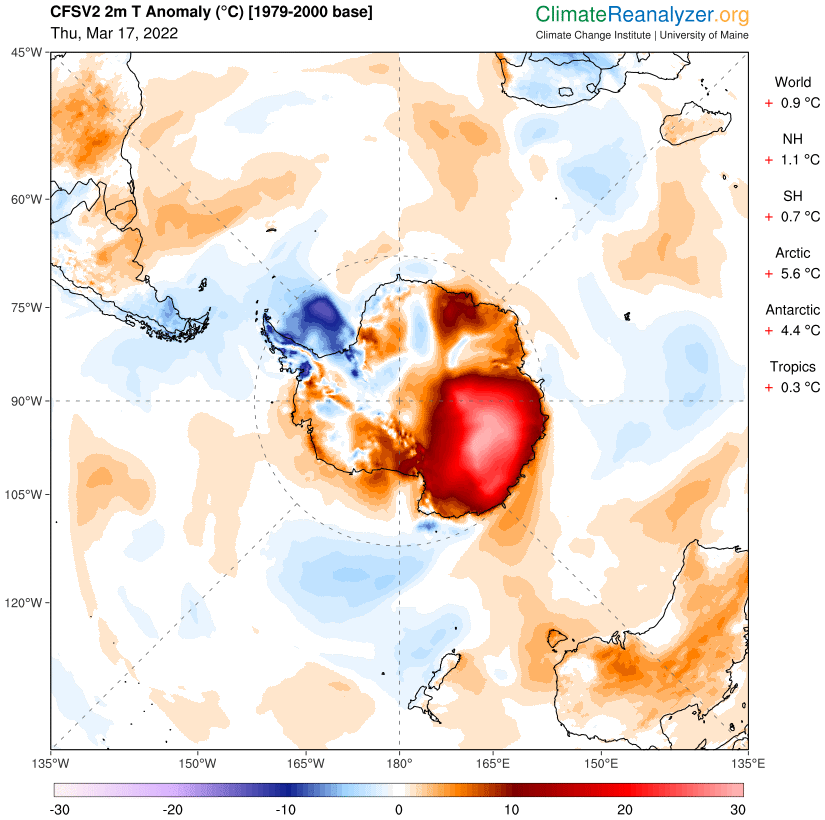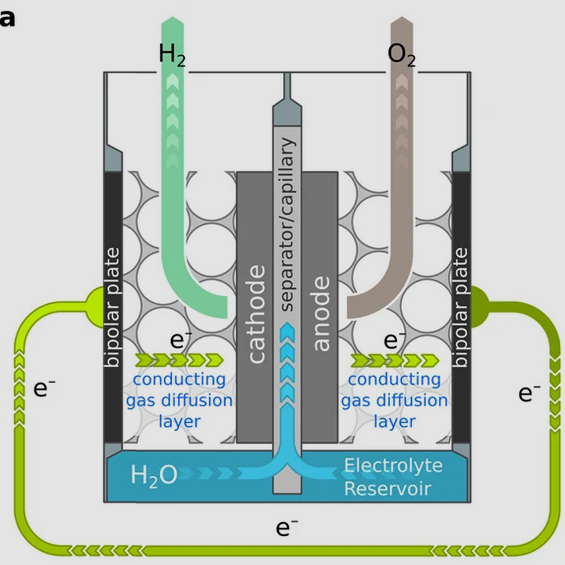More wildfires in sub-arctic forests heat up our Earth
conditions conducive to higher frequency fires. In the coniferous boreal forest, the world’s largest terrestrial biome, fires are historically common but relatively infrequent. Post-fire, regenerating forests are generally resistant to burning (strong fire self-regulation), favoring millennial coniferous resilience. However, short intervals between fires are associated with rapid, threshold-like losses of resilience and changes to broadleaf or shrub communities, impacting carbon content, habitat, and other ecosystem services.
by Buma et al., 22/03/2022 in Scientific Reports
